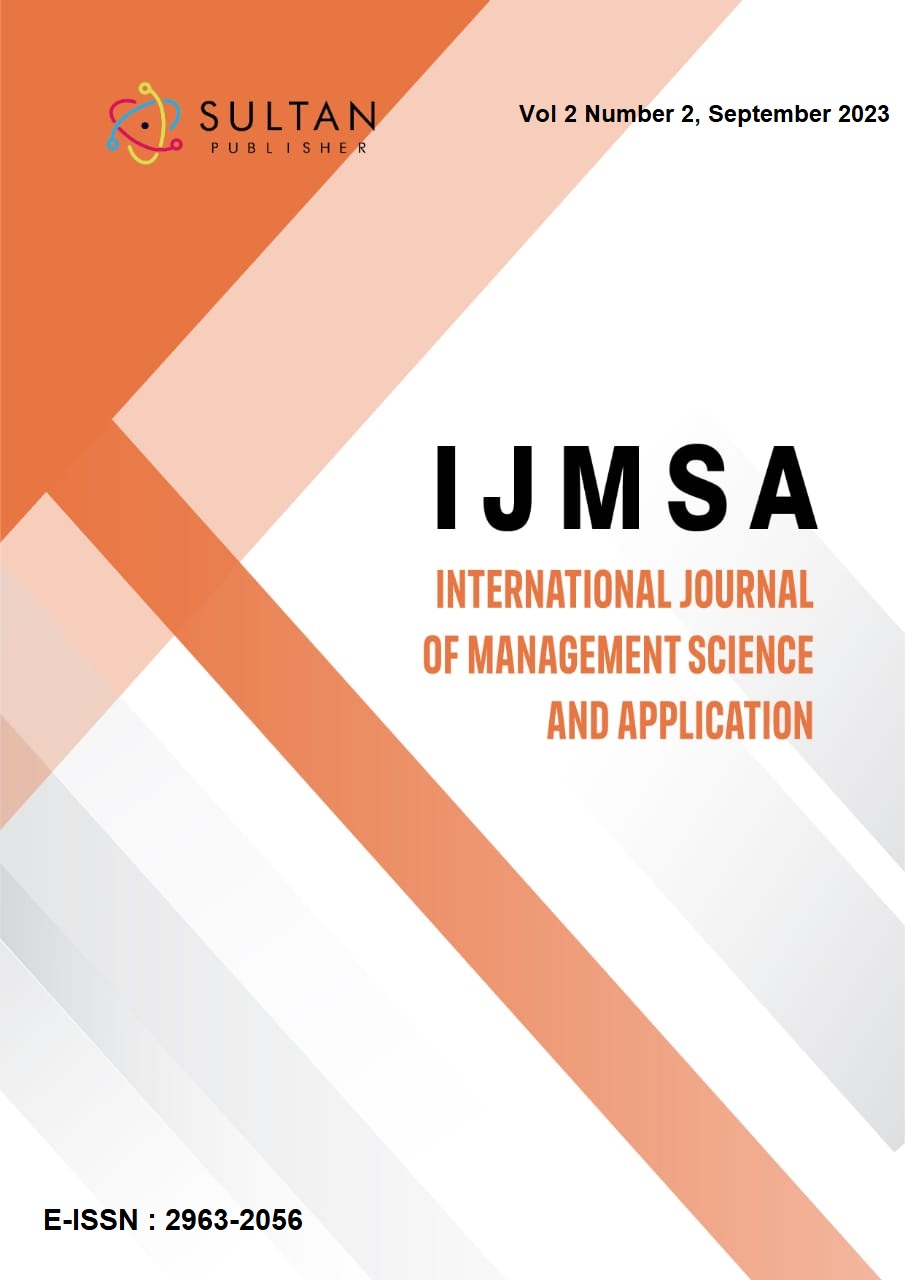Comparison of Long-Term Investment Strategies: DCA vs Lump-Sum Investing in the S&P 500 Index
Keywords:
Dollar-Cost Averaging, Investment Strategies, Comparison MethodAbstract
This research delves into the realm of long-term investments, a domain often navigated by unsophisticated investors who prefer a hands-off, 'set and forget' approach. Central to this investigation are two dominant investment strategies: Dollar-Cost Averaging and Lump-Sum investing. The study meticulously compares the performance of these strategies over a significant 21-year period, from January 2002 to December 2022, a timeline punctuated by major market upheavals such as the Dot Com Bubble and the 2020 Coronavirus crash. Drawing data from the reputable Yahoo! Finance on the S&P 500 index, the research offers a robust backtest of both strategies. The results are illuminating: Lump-Sum investments, especially those made during the nadir of February 2009, realized returns amplifying the initial investment by up to 5.2 times, clearly overshadowing the returns from Dollar-Cost Averaging. Intriguingly, a fusion of both strategies, a hybrid approach, showcased even more impressive gains, hinting at the merits of a diversified investment strategy. Conclusively, within the parameters of this research, Lump-Sum investing emerges as the more potent strategy. However, the study also paves the way for future inquiries, especially concerning the potential of these strategies in the turbulent waters of volatile assets, exemplified by Bitcoin.
Downloads

Published
How to Cite
Issue
Section
Copyright (c) 2023 Tengku Muhammad Elzafir Habsjah, Indra Surya Permana

This work is licensed under a Creative Commons Attribution-ShareAlike 4.0 International License.



